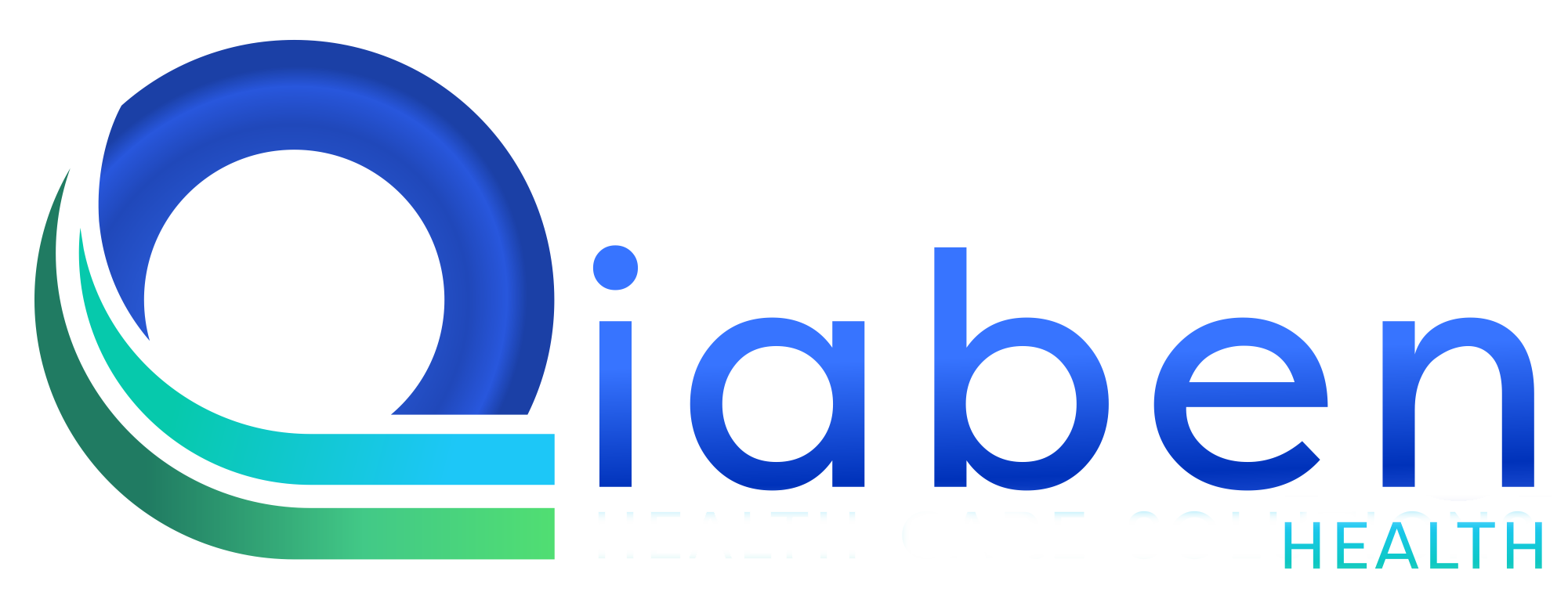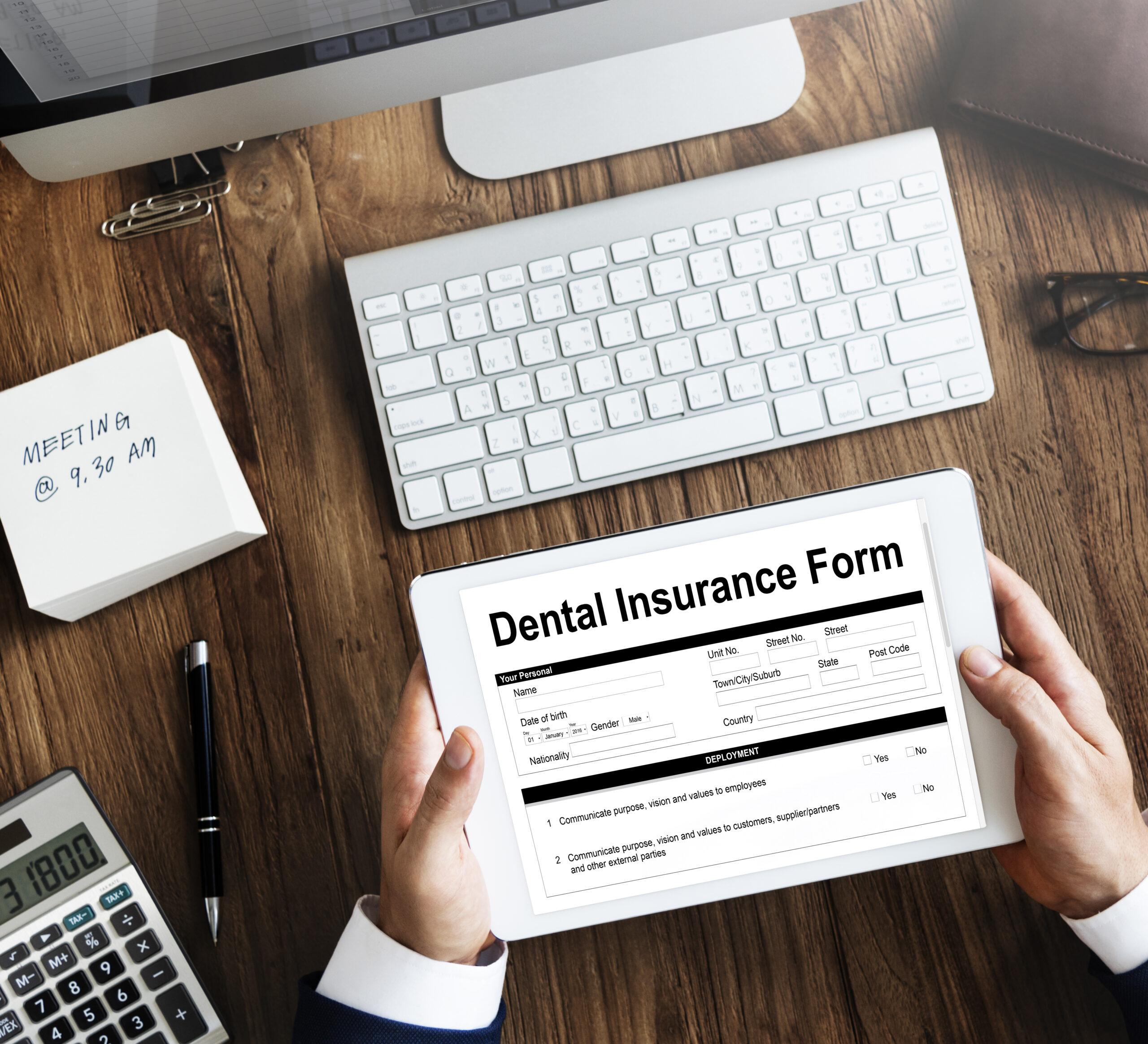Introduction
Through its free architecture, the OpenEMR system effectively tracks electronic medical records data to help keep medical records complete when assisting complex billing processes. OpenEMR generates billing operation performance through integrated modules that support billing systems, insurance verification capabilities, and reporting features designed to increase provider operational efficiency. The assessment of OpenEMR medical billing features will occur when evaluating user questions about integrated bill management capabilities.
1.Integrated Electronic Billing Module
- OpenEMR operates its own electronic billing module within the platform, which optimizes the speed of billing claim submissions.
- Providers benefit from faster claims submission since automation enables them to use clearinghouses and insurance companies for electronic filing, which speeds up service payment processing.
- A built-in pre-validation mechanism of the system actively detects data entry errors before sending claims to submission. This system stops the occurrence of process denials or rejections that emerge rarely.
- The immediate access to claim tracking through designated services allows physicians to expedite their payment follow-up procedures.
2.Automated Patient Invoicing
- The manual processing of invoices leads to extended duration and induces various possible mistakes along the way. The system enables OpenEMR to generate automatic invoices for users.
- The system automatically generates patient invoices immediately after healthcare services to speed up payment procedures.
- Healthcare providers gain control over invoice modifications to display complete payment instructions that include both outstanding charges and their corresponding payment schedules.
- The automated system improves practice cash flow by simplifying both invoice creation and payment receipt operations.
3.Real-Time Insurance Eligibility Verification
- The verification step of patient insurance eligibility presents the most challenging aspect of billing operations before medical services begin. OpenEMR completes this function by providing instantaneous verification capabilities.
- Practice administrators conduct instant verifications of patient insurance details, which protects medical facilities from denied insurance claims supported by inadequate medical eligibility.
- OpenEMR reveals insurance eligibility beforehand to stop repeat procedures and delay billing issues arising from denied insurance payments.
4.Comprehensive Reporting and Analytics
- Tracking practice financial performance enables the detection of lost revenue while identifying issues in the billing operations. The OpenEMR system provides tools for financial oversight reporting that deliver sophisticated reporting abilities to practices.
- The system produces thorough reports showing revenue per visit beside outstanding accounts receivable status and claim statuses to support the identification of revenue cycle barriers.
- Use data analytics tools to analyze billing patterns, which will lead to enhancing billing operations and increased financial performance.
5.Seamless Integration with Clearinghouses
- The OpenEMR system has built-in clearinghouse capabilities to manage efficient claim processing by both submitting bills and validating transactions.
- Payment claims undergo compliance checks at clearinghouses that function to eliminate rejections before claims reach the submission stage.
- When providers fix their claims early during the process, they receive faster reimbursement payments from their payers.
- Healthcare providers benefit from the clearinghouse interface because they can view claim statuses to monitor the entire billing process.
6.Advanced Security Measures for Billing Data
- Patient financial data demands primary focus on security measures because of its vulnerable nature when medical billing operations are in effect. This program utilizes secure protection elements to guard all data that resides within its system.
- The system maintains HIPAA compliance because it utilizes encryption rules together with its stringent access control system.
- Admins in the system create permissions based on established roles to provide authorized staff members with appropriate access to secure billing information.
7.Customizable Billing Codes and Templates
- Every business within a single practice must operate under billing protocols that precisely match their relevant field or organizational-specific needs. Practice billing codes become available as well as templates that OpenEMR users can personalize for their needs.
- The system enables practices to customize their Current Procedural Terminology (CPT) codes and ICD codes using OpenEMR.
- Through OpenEMR, providers obtain the ability to customize invoice templates for creating designs that suit either their branding needs or operational specifications.
8.Patient Portal for Transparent Billing Communication
- OpenEMR implements an online portal that improves billing transparency between medical providers and their patients during payment discussions.
- Patients obtain secure access to billing statements that show their invoice details as well as their payment transactions and outstanding balance.
- Patients who use the portal can perform bill payments directly from an online system, which reduces staff members’ overall workload.
9.Multi-Payment Method Support
- OpenEMR enables patients to use different payment options for making financial transactions.
- The software enables payment handling through credit cards and checks alongside directly integrated payment gateways from OpenEMR.
- Brainlab obtains higher billing collections because it offers multiple payment methods to simplify how patients settle their medical bills.
10.Continuous Updates and Community Support for Billing Features
- The open-source nature of the system enables the OpenEMR community to deliver ongoing enhancements for its development.
- The billing features from OpenEMR developers receive regular updates that address both healthcare regulations and payer standards needs.
- Through its forums, OpenEMR provides medical practitioners access to a collection of troubleshooting and practice recommendation documents for their medical billing activities.
FAQ
-
1. How do I migrate billing data from another EMR to OpenEMR?
- A successful data migration process for billing information demands proper preparation.
- Extract your current EMR data in a format compatible with CSV files.
- Use OpenEMR's built-in import functions with Mirth Connect and similar third-party software solutions to handle complex data transfer processes.
- The data review tools in OpenEMR should be used to validate imported information for accuracy.
-
2. What should I do if claims are being rejected after submission?
- OpenEMR provides validation tools to detect claim formatting errors as well as missing information.
- Examine giving feedback reports from clearinghouses to discover what rejection issues are present.
- Update specific payment rules within the OpenEMR settings configuration to correct recurring errors.
-
3. Can I integrate third-party payment gateways into OpenEMR?
- Yes! OpenEMR enables its users to connect with external payment gateway solutions for their online transactions.
- Integrate third-party payment gateways using the APIs Stripe and PayPal offer.
- The patient portal should include an option to set up payment methods in order to enable smooth transactions.
-
4. How does OpenEMR handle insurance eligibility verification?
- OpenEMR includes real-time eligibility verification tools that let providers conduct instant coverage checks during patient sessions.
- The medical practice should establish connections with clearinghouses to access their verification tools for patient coverage.
- The patient registration process should include immediate checks for future avoidance of complications.
-
5. Can I customize invoices for different departments within my practice?
- Yes! OpenEMR enables users to develop distinct invoice templates for different medical departments.
- Users can access the customization feature at Administration > Globals > Billing.
- You can add department logos together with specialty-specific instructions by using the customization feature under Administration > Globals > Billing.
Conclusion
OpenEMR combines real-time verification alongside automation systems, reporting features, and secure data management rules into one single platform, which simplifies medical billing procedures. OpenEMR simplifies medical billing work through its portal system that enables users to view transparent financial data, generates automatic claims management, and streamlines administrative tasks in revenue cycle systems.
OpenEMR enables practices to keep up with required industry standards through its news feeds and its capability for clearinghouse and payment gateway support to help practice financial metrics grow. OpenEMR provides complete billing functionality to enable medical clinics to provide superior patient care and financial operational excellence together.








